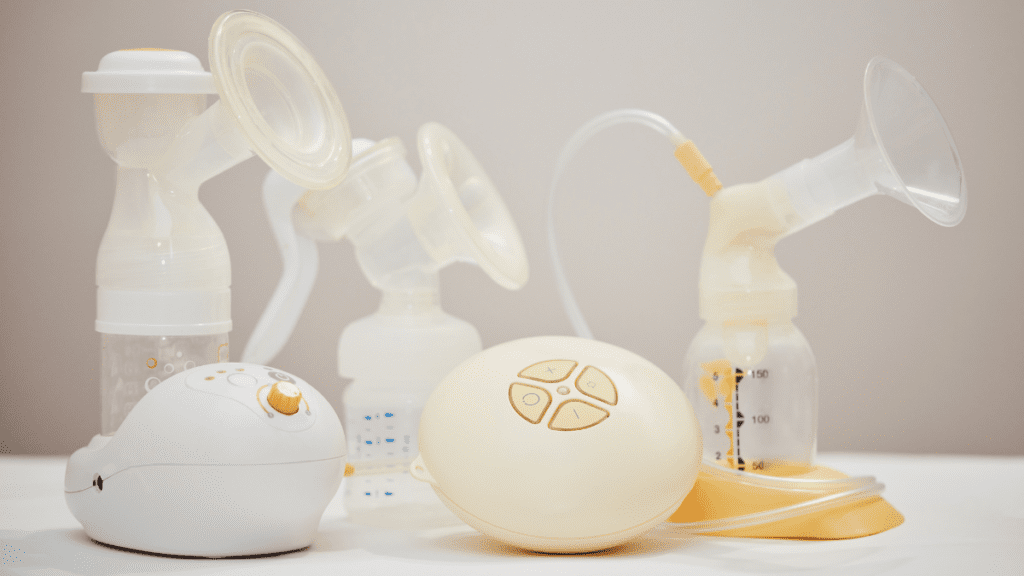When you find out you’re pregnant, there’s a host of things to learn about. Things you’ve never thought about before, like butt paste, perineal cleansing bottles, and of course, breast pumps.
Whether you’re choosing your insurance-covered breast pump or shopping online for one, one of the first questions you’ll face is: Do I want an electric or manual breast pump?
Honestly, both have their pros. So, how do you know which one is right for you? It all comes down to expense, efficiency, equipment, and lifestyle. Let’s jump into the basics to help you decide.
The case for electric pumps
Electric pumps are your set-and-go style, requiring less effort than manual pumps. You can tweak the speed and suction, as well as choose from a single or double-pump style. Some benefits to using electric pumps is that they’re efficient, easy to use, and largely hands-off. Additionally, many newer electric pumps are quiet and come with rechargeable batteries and USB cords that allow you to pump on the go.
So, when might you opt for an electric pump? These are great if you have a busy lifestyle and want to pump while doing other things. There are even wearable electric pumps that allow you to discreetly pump while you run errands, work, or get things done around the house.
The case for manual pumps
Unlike electric pumps which use electricity to power the process of expressing milk, manual pumps rely on your hands to get the milk flowing. More effort is needed to power a manual pump, but they also offer a quiet, low-maintenance, and affordable pumping option. You can purchase a manual pump for around $25, but many electric pumps cost over $100—some well over this amount. Another benefit to manual pumps is that they require very little equipment, which makes them easy to store and take with you.
So, when might you opt for a manual pump? Manual pumps are great if you’ll be doing minimal pumping or you want the option to pump, without breaking the bank. They’re also great for moms who travel a lot and don’t want to haul a lot of equipment around with them.
How to use a breast pump
Regardless of the pump you choose, the first step to pumping is to clean your hands and the pump parts thoroughly. The CDC has guidelines on how to clean and sanitize breast pumps, but your pump should come with some instructions as well. Want more tips? Check out our quick and handy 9 steps to using your breast pump guide.
Let the pumping begin!
